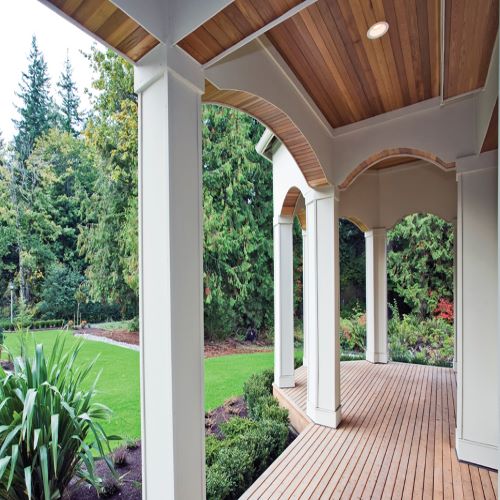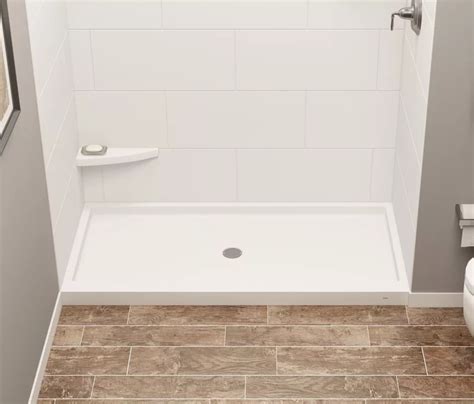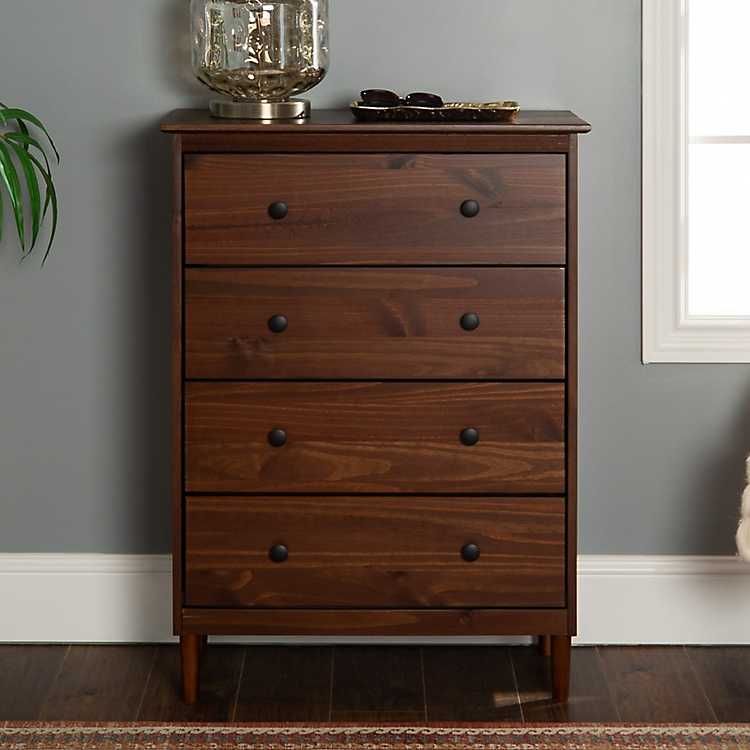Tongue and groove outdoor flooring is a popular choice for patios, decks, and outdoor living spaces due to its durability, aesthetic appeal, and ease of installation. However, like any outdoor material, it requires regular maintenance to ensure its longevity and functionality. This comprehensive care guide will cover everything you need to know about maintaining your tongue and groove outdoor flooring, from routine cleaning to seasonal upkeep and long-term care strategies.
Understanding Tongue and Groove Flooring
Tongue and groove flooring consists of individual planks that interlock at their edges, providing a seamless and sturdy surface. This design not only enhances structural integrity but also minimizes gaps where debris and moisture can accumulate. Common materials used for tongue and groove outdoor flooring include:
- Wood (such as cedar, redwood, or pressure-treated pine)
- Composite materials (a blend of wood fibers and plastic)
- Vinyl (for a more budget-friendly option)
Each material has its own maintenance requirements, so it’s important to understand the specifics of your flooring type to implement the best care practices.
Routine Cleaning and Maintenance

Regular cleaning is the cornerstone of maintaining your tongue and groove flooring. Here are some essential steps to follow:
1. Sweep and Remove Debris
Debris such as leaves, dirt, and dust can scratch the surface over time. Regularly sweeping your outdoor flooring will help prevent buildup and keep it looking pristine.
2. Power Wash or Hose Down

For deeper cleaning, use a power washer or hose to remove stubborn dirt and grime. Follow these guidelines:
- Use a wide nozzle to prevent damaging the surface.
- Keep the nozzle at least 12 inches away from the wood.
- Use a cleaning solution specifically designed for outdoor flooring, if necessary.
3. Inspect for Damage
Regular inspections can help catch potential issues early. Look for:
- Cracks or splits in the wood
- Loose or warped boards
- Signs of mold or mildew
Addressing these issues promptly can prevent further damage and costly repairs.
Seasonal Maintenance Tasks
Different seasons bring different challenges. Here’s a breakdown of seasonal tasks to keep your tongue and groove flooring in top shape:
Spring Maintenance

After the winter months, it’s important to prepare your flooring for the warmer weather:
- Conduct a thorough cleaning to remove any winter debris.
- Inspect for damage and replace any broken or warped boards.
- Apply a wood preservative or sealant to protect against moisture.
Summer Maintenance
Summer is the time to enjoy your outdoor space, but it also requires vigilance:
- Regularly sweep and clean to keep the area free of debris.
- Monitor for signs of sun damage and consider applying a UV protectant.
- Ensure proper drainage to prevent water pooling.
Fall Maintenance
As leaves begin to fall, be proactive in your care:
- Frequent sweeping is essential to remove leaves and prevent staining.
- Consider applying a sealant before winter to offer an extra layer of protection.
Winter Maintenance
Winter can be harsh on outdoor flooring. Here are some tips:
- Clear snow and ice promptly to prevent moisture damage.
- Avoid using metal shovels that can scratch the surface.
- If using salt for ice, ensure it’s safe for your type of material.
Long-Term Care Strategies

To ensure the longevity of your tongue and groove flooring, consider the following long-term care strategies:
1. Regular Sealing and Finishing
Applying a sealant every few years will help protect the wood from moisture, UV rays, and wear. Choose a high-quality exterior sealant suitable for your flooring material.
2. Proper Ventilation
Ensure that your flooring has good ventilation to prevent moisture buildup. This is particularly important for wood flooring, which can warp and rot if exposed to constant dampness.
3. Use Area Rugs
For high-traffic areas, consider using outdoor rugs to protect the flooring and add an aesthetic touch. Make sure the rugs are made from materials that can withstand outdoor conditions.
4. Professional Inspections
Consider hiring a professional to inspect your flooring every few years. They can identify issues that may not be visible to the untrained eye and recommend specific maintenance actions.
Case Studies: Successful Maintenance Practices
To illustrate the effectiveness of these maintenance strategies, let’s look at a couple of case studies:
Case Study 1: A Family Beach House
A family with a tongue and groove deck at their beach house implemented a regular cleaning schedule and used a marine-grade sealant every two years. Over five years, they noted minimal wear and tear and were able to enjoy their outdoor space without significant repairs.
Case Study 2: A Restaurant Patio
A restaurant with a composite tongue and groove flooring faced issues with fading and staining from food and drink spills. After switching to a UV protectant and establishing a rigorous cleaning routine, they found that their outdoor space not only looked better but also attracted more customers.
Statistics on Outdoor Flooring Longevity
According to the National Wood Flooring Association, properly maintained outdoor wood flooring can last up to 30 years or more. Conversely, neglecting maintenance can reduce the lifespan to as little as 10-15 years. By following a structured care routine, homeowners can significantly enhance the durability of their outdoor flooring investments.
Maintaining your tongue and groove outdoor flooring is crucial for ensuring both its aesthetic appeal and structural integrity. By incorporating regular cleaning, seasonal maintenance tasks, and long-term care strategies, you can significantly prolong the life of your flooring. Remember to consider the specific material your flooring is made from, as this will dictate the best care practices. With diligence and care, your outdoor flooring will not only withstand the test of time but also enhance the beauty and functionality of your outdoor living space for years to come.


